There are starting to be some warm days mixed in here and there with those that are still too chilly to enjoy being outdoors. Spring is upon us and the end of the frigid temperatures is in sight. In Victorian times, the end of winter meant that garden parties and picnics would soon be following, with picnics being especially exciting as they were still a new social trend. They were also events that were strictly prescribed, as was so much of daily custom at the time. Etiquette manuals dedicated entire chapters to what to wear to a picnic, the food to bring, how to serve the food and drink, and even the proper behavior for the single attendees. With the return of warm weather more and more on my mind these days, I thought it might be fun to explore how Victorians spent an afternoon outdoors on picnic blankets and how it differs from today’s gatherings.
The picnic becomes a pastime
Some readers may be familiar with the picnic scenes in Jane Austen novels, Little Women, and other literature from the 19th Century. While a summer picnic has become a common way to spend an afternoon, however, the references were so common in the popular literature of the time because of the newness of the picnic, not the ubiquity of it.
While dining outdoors as a social activity can be traced to medieval hunting feasts, it was not until the 1800s that it became a popular social activity. This is likely due to the ever-increasing industrialization of society and the retreat that so many families and individuals made to more urban areas. Instead of being something one took for granted, spending time surrounded by nature became something one would now need to intentionally set time apart for, and having food included made the Victorian picnic a relaxing and slow-paced luxury.
Picnics rose quickly in popularity and among all social classes. Various forms took shape; from the church-sponsored picnics, to club memberships, to family gatherings, and women’s auxiliary group organized events. As with any commonly occurring activity at the time, etiquette manuals were quick to outline the proper way to host, leaving us a charming look at what an afternoon at a Victorian picnic looked like.
What to wear to a Victorian picnic
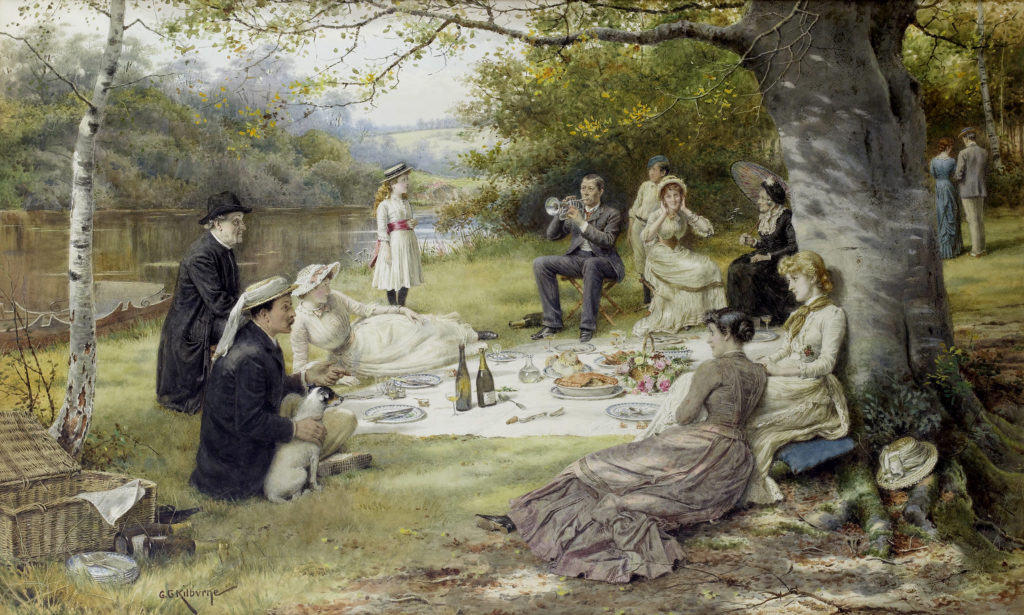
Social gatherings had strict customs regarding acceptable attire and the picnic was no exception. Tinnie Ellsworth’s manual Queen of the Household (1901) advises:
Be careful to dress for the entertainment after consulting the barometer and the thermometer and after learning the geography of the objective point of the day. A woolen dress that is not too heavy nor yet too new, or a cotton one that is not too thin; solid, easy shoes, that have a friendliness for the feet because of prolonged intimacy with them; pretty, but not too fine or thin stockings; a hat that has a broad brim; a large sun-shade or a sun-umbrella; at least two fresh handkerchiefs; a jacket to wear when returning home; and a rug or traveling-shawl to spread upon the ground at dinner time are among the requisites of personal comfort and prettiness.
As we can see by Ellsworth’s reference to one’s “prolonged intimacy” with her shoes on the day of the picnic, it was probably not very common to see women enjoying lounging barefoot in the grass.
Essentially, it was important to wear comfortable fabrics of less value than those used for teas, visiting, or other indoor activities. I have also read that it was most respectable to wear simple styles and muted colors. Additionally, it was crucial to be prepared for whatever the passing of the sun over the sky brought with it, from sunny afternoons to dropping temperatures as the day moved to evening. To help maintain comfort in the outdoors every woman would have had with her a fan and parasol, both of styles reserved for this purpose.
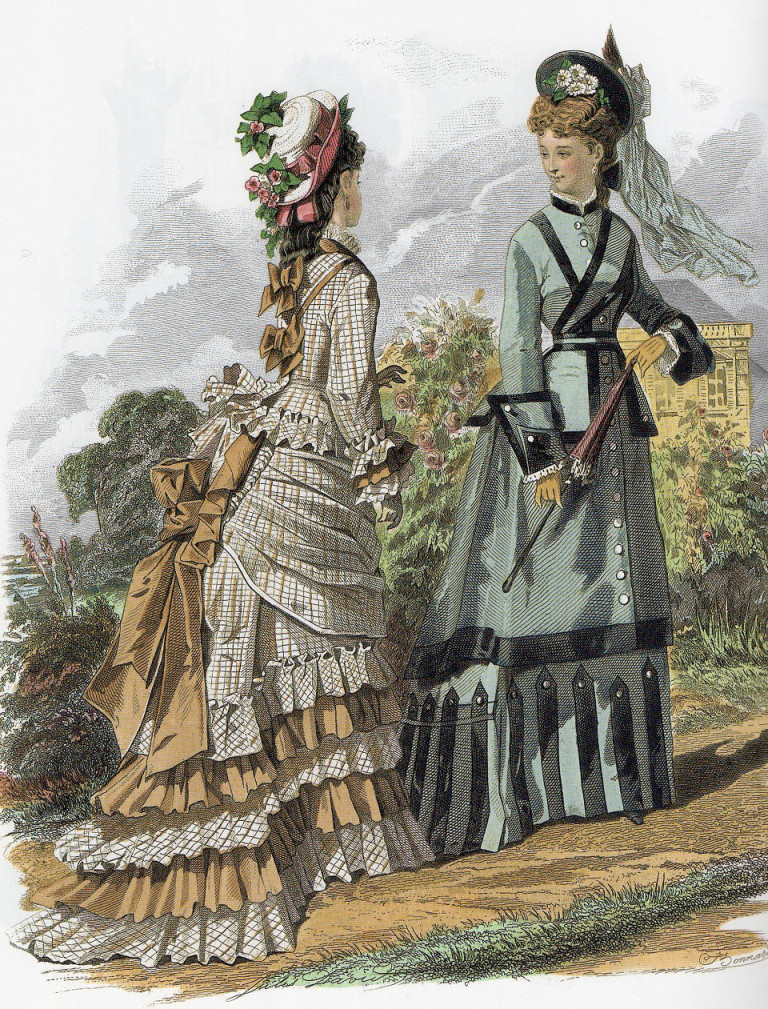
During most of the 19th century, a proper woman would not have been seen outdoors without a hat, and a wide-brimmed bonnet would have been appropriate headwear for an afternoon outdoors. Later in the century wide-brimmed straw hats would have been seen.
A menu for a Victorian picnic
I much approve of the menus that the etiquette manuals outline for an afternoon Victorian picnic. They are menus with attention to taste, practicality, presentation, and the large appetite of someone spending an afternoon socializing outside. The main inclusions are as follows:
Meat and more meat
The large emphasis of the Victorian picnic was on finger foods, though every manual that I have been able to reference thus far as advised that cold meats be included in the menu.
As you may note, such foods do require the use of utensils, and opinions ranged on appropriate options. While some family-centered outings would have included the day-to-day tableware packed along, by the later part of the 19th Century, utensils and tableware made for the occasion was hitting the markets. By the early 20th Century manuals were even advising that disposable options be considered. The fourth volume of the Every Women’s Encyclopedia from 1912 reads: “and the invention of cardboard plates and dishes has greatly simplified picnicking, for they cost only sixpence a dozen and are strong enough to allow of cold chicken and salad or cold meat pie being partaken of upon them. The weight is practically nothing, and they take up very little space to pack.”
Sandwiches!
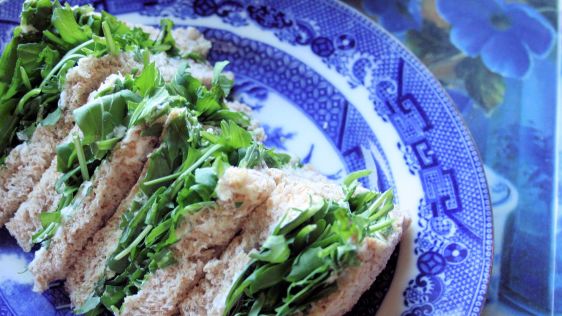
Ellsworth points out that when planning a picnic menu, one should consider food that will withstand being transported and “bear traveling without looking dejected and sullen.” She also has the solution: “the best and most convenient of all out-of-door edibles, is the sandwich.”
I’m in!
The study of the various Victorian sandwich recipes is a fun one. Using thick slices of bread, some popular combinations included:
-Salted meats with various salads such as lettuce or celery
-Grated cheese mixed with cream and chopped nuts (I’m so trying it)
-Plain bread and butter
-Walnuts and cream cheese spread
-Chestnuts and butter
-Salmon mayonnaise
-Sliced ginger
–Cucumber with mint and mint butter
-Watercress with thinly sliced meats
-Watercress and butter
-Banana with a dash of salt and sugar with buttered bread (fruit sandwiches were served as a second course)
Victorians loved the aesthetics. Some etiquette manuals suggested that each sandwich be wrapped in paper and tied with its own ribbon. Particularly pretty sandwiches may have been prepared using a butter flavored by letting it sit on a plate of roses, violets, or other sweet smelling flowers.
You may notice that watercress was a popular ingredient. This was especially the case in England, where a community today is keeping the tradition alive. The town of Alresford hosts the yearly Watercress Festival which includes the crowning of a Watercress Queen and King and a parade through the town in which the royal party passes out freshly cut bunches of watercress to those watching. Sounds so delightful!
Sweets
Another popular etiquette manual of the time was Mrs. S.D. Power’s Anna Maria’s Housekeeper, which included a chapter on hosting a picnic. She wrote: “No, I shall not forget the cake, and you may depend on its being the only thing that other people will not forget either.”
Sweets played a big role in lunch and tea time, though if I’m not mistaken, Victorians seem to have enjoyed smaller portions than we do today, with many of their favorite desserts for picnics and teas being finger foods. At the same time, Mrs. S.D. Power’s recommended highly rich options such as pound cake, fruit cake, or sponge cake. Other sweets that came up in my research include:
Jelly tarts
Jam puffs
–Cabinet (similar to a sponge cake, I believe)
-Gingerbread
-Shortbread cookies
What to Drink
Tea, lemonade, and ginger-beer came up in nearly everything I read about what to pack for a picnic during this time. The lemonade was prepared by bringing along a lemon juice and sugar syrup and adding water found at the picnic site.
The opinion about whether or not both coffee and wine were appropriate for picnics seems to have been pretty mixed. As for wine, Mrs. Ellsworth believed that it was unnecessary, as “The exhilaration of the air is quite sufficient for the needs of digestion.” Other manuals, however, encouraged bottles of wine, port, and sherry to be packed (and along those lines, it does seem that the picnics of the time were seen more as an activity for adults rather than families).
As for coffee, some manuals stated that it was unnecessary and not worth the trouble, while others recommended bringing some along, already prepared and sweetened.
I don’t know about you, but this certainly has me ready for spring, and even for purchasing my first picnic basket!
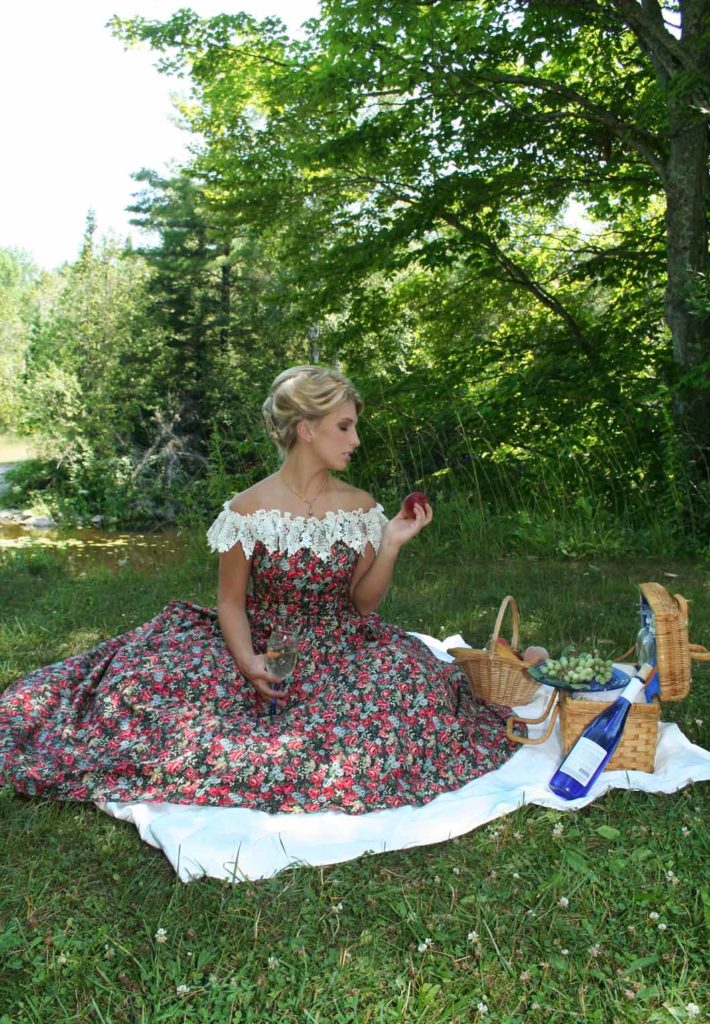

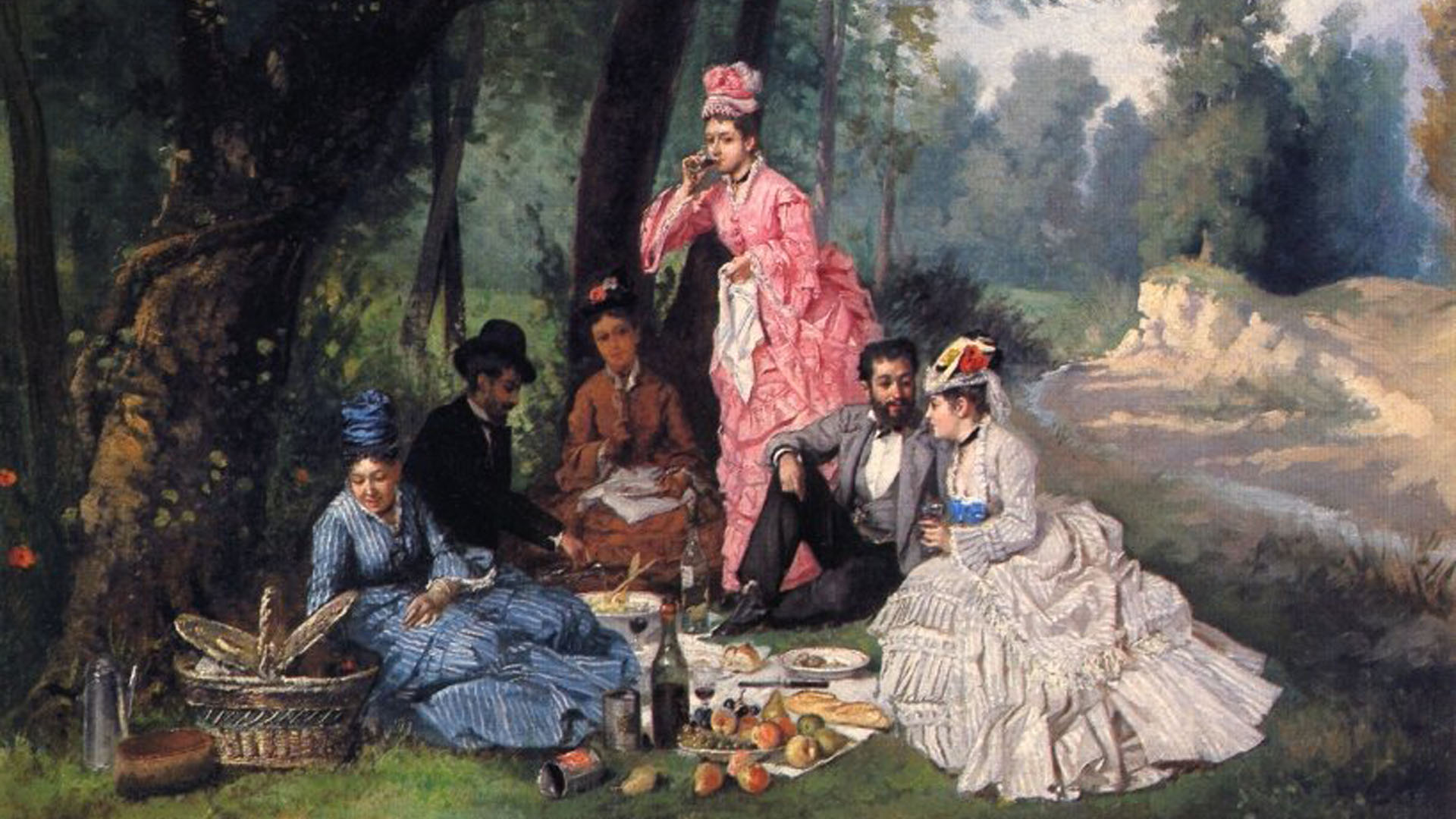


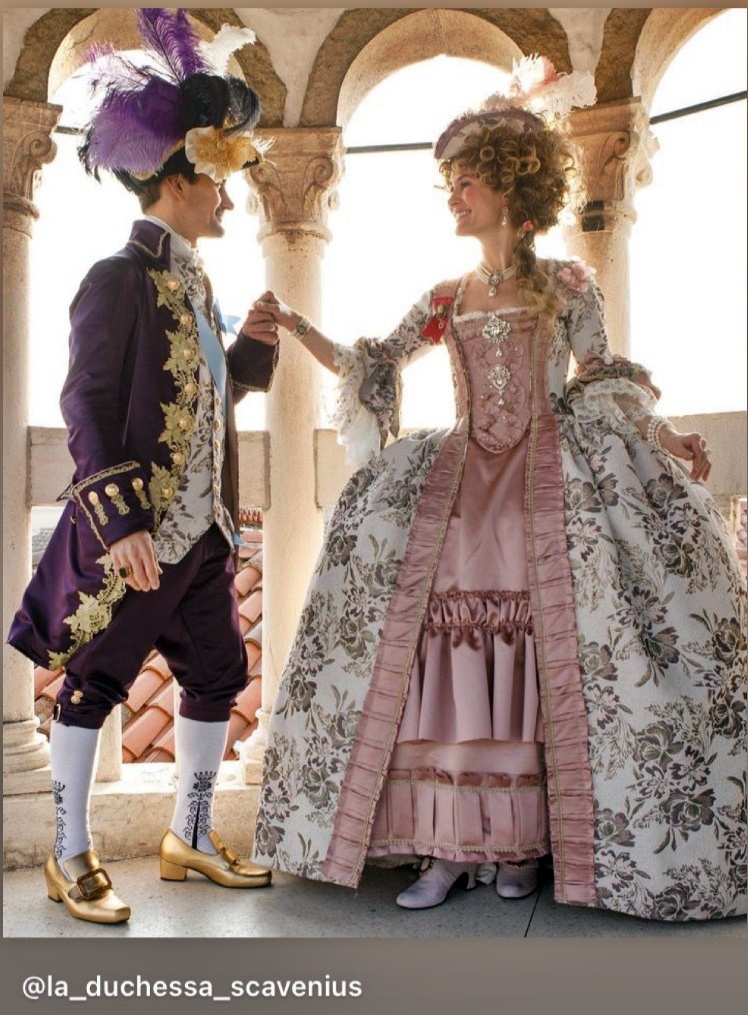
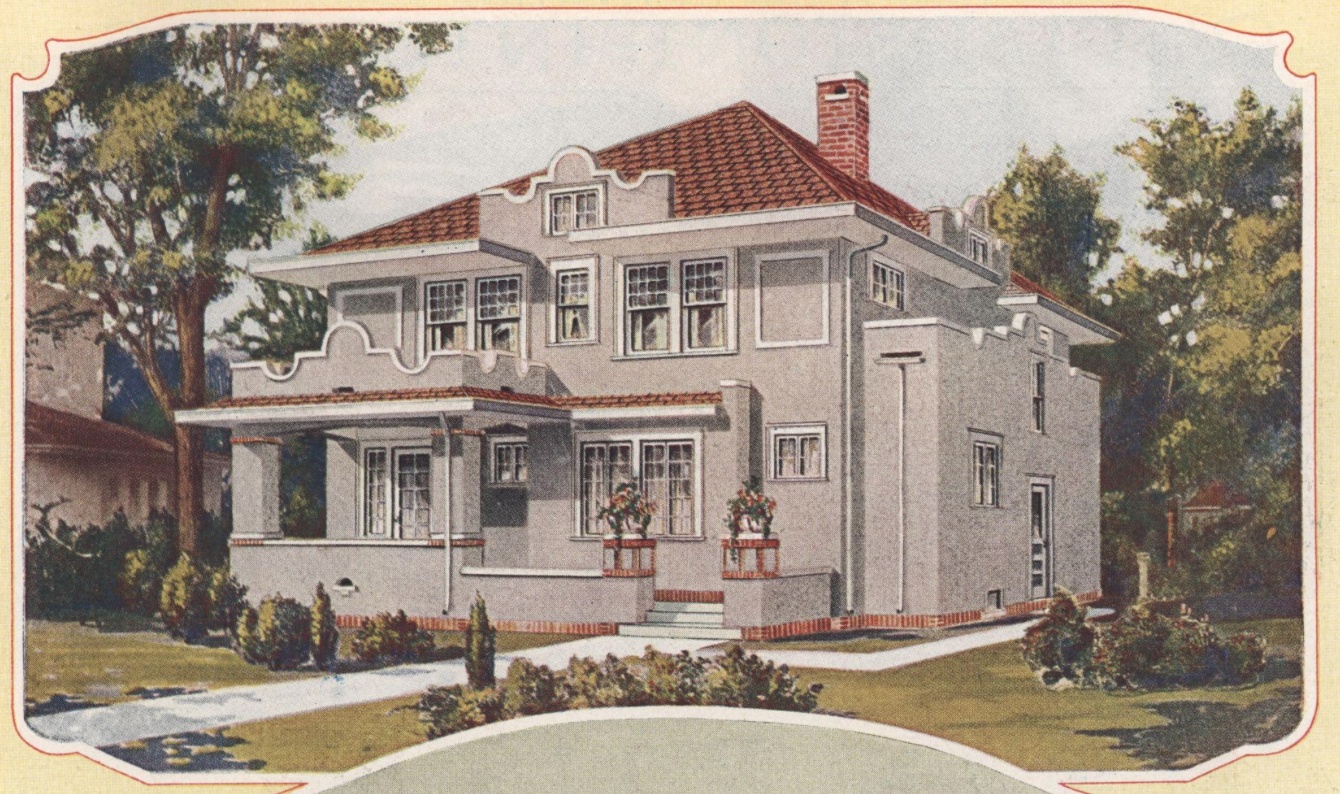
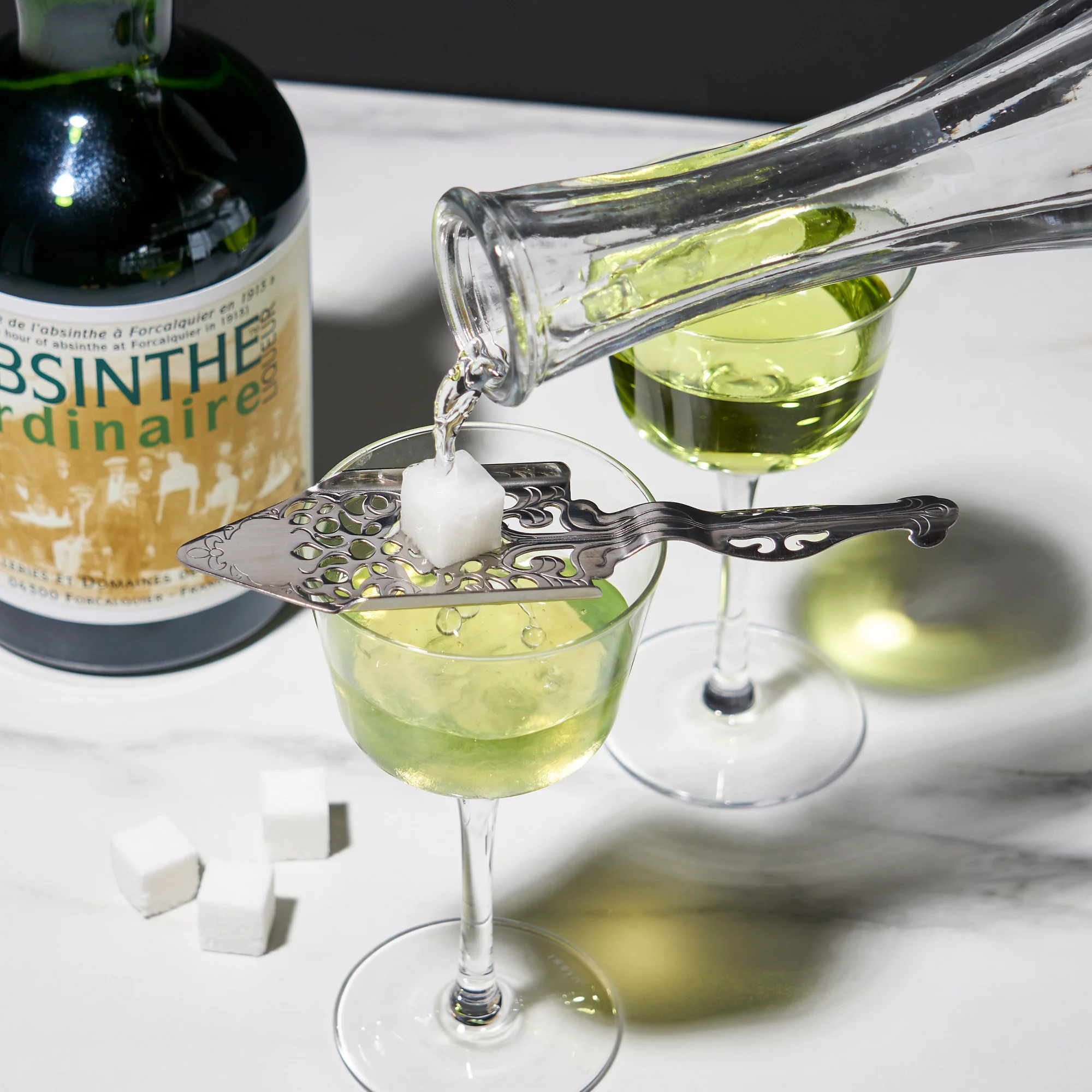



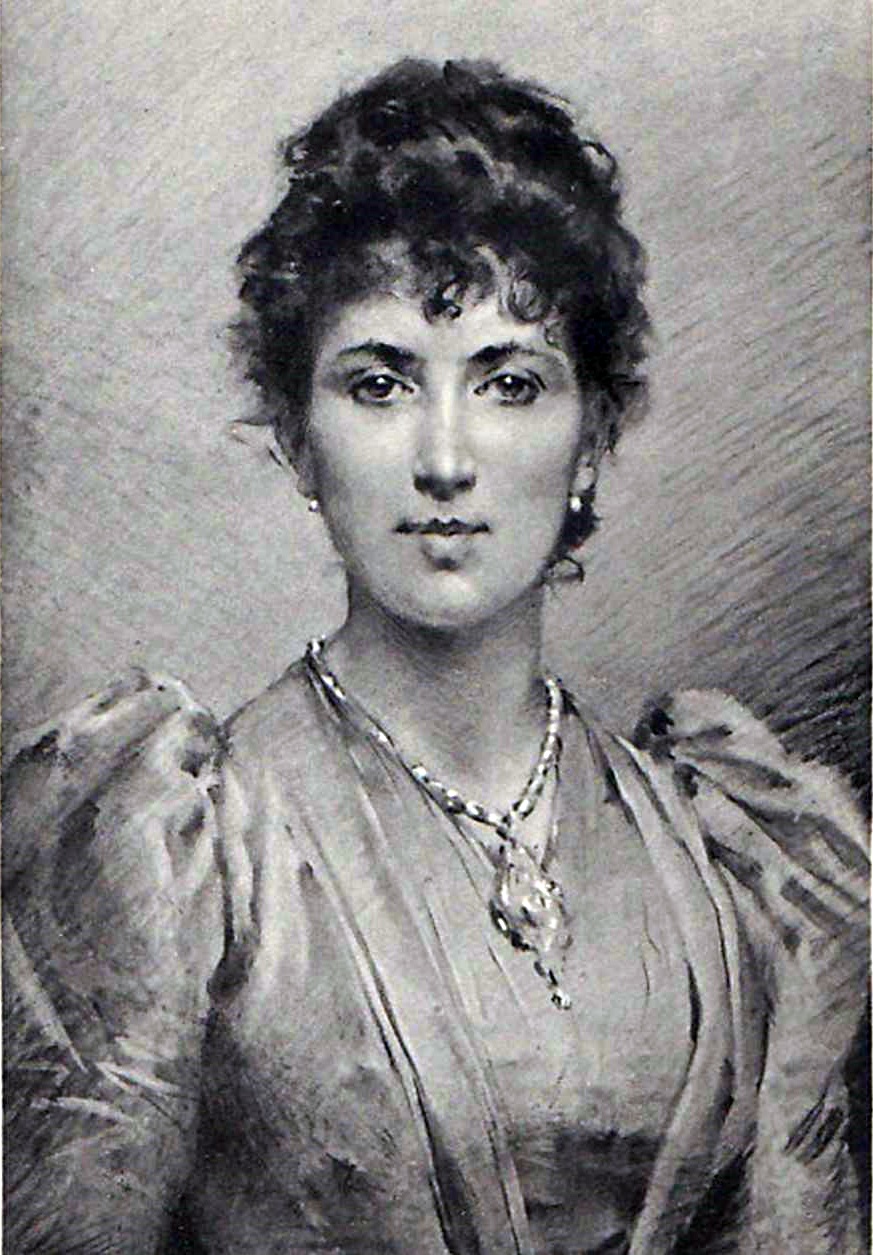



Thank you so much for reading, Jackie! A costume club sounds right up my alley! I welcome you to be in touch with me once you have your picnic organized, I would love to write about your club and learn about how the event turns out. I can be reached at Janice@JaniceFormichella.com.
Thank you for this article … I have a Costume Club called, ” Elegant Bustles & Bows”… we live in southern Oregon … it’s gets very hot in the summer months so we take a reprieve from our usual antics… we regroup in September.., last Summer I decided on a Picnic at one of our lively Winnery’s here in the Medford Valley and we had a lovely Picnic!!! Was most fun!!!! We are planning another one this year!!!
Victorians absolutely socialized in graveyards! I’ve thought of doing a post around that topic. In a way it makes sense, lot’s of clean, grassy areas with a lot of trees. I don’t think it’s a bad idea! Thanks so much for reading.
I would love to try and host a Victorian Themed picnic where we all dress up! That would be fun! One kind of weird thing that my mother told me is that people would even have picnics In graveyards around their loved ones gravesites. They would spend time there . She said people still did that when she was growing up in the 1940’s.
Thank you so much for reading, Aloma! I loved writing this post! I’m dying to make some Victorian sandwiches for a good picnic once things return to normal in the world!
This was such a lovely read and so full of information!! I’m so glad to have stumbled across this company and, in particular, this blog. It makes me want to dress up, grab my partner, and head off into a grassy field for a picnic.